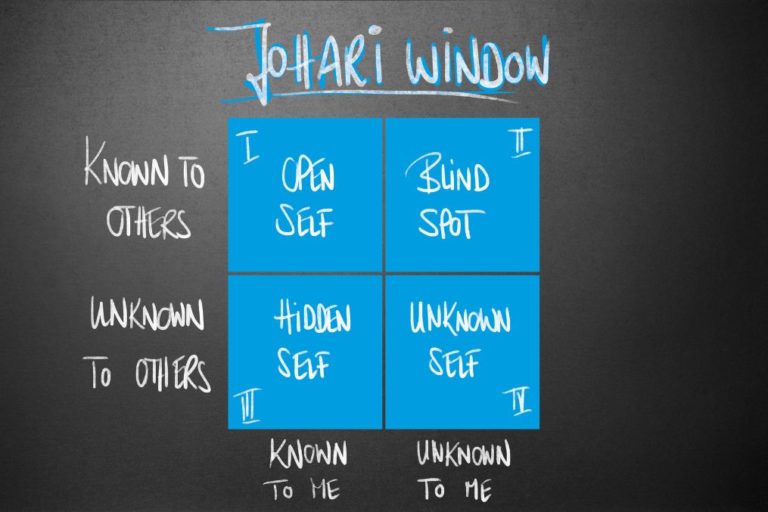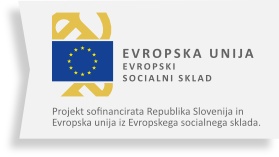Johari Window
Aim
The Johari Window model is a simple and valuable tool for illustrating and improving self-awareness and mutual understanding between individuals within a group.
This model can also assess and improve a group’s relationship with other groups. This model is beneficial in team development.
Description
TARGET GROUP
Teenagers and young adults
TIME NEEDED
30 minutes
EXPLANATION
It is a framework of understanding our own conscious or unconscious bias and it helps us understand and convey feedback by using different kind of adjectives that bets describes themselves.
Two key ideas behind the tool:
- Building trust with others by disclosing information about yourself.
- With the feedback from the others, you can learn about yourself and deal with personal issues.
The framework includes four quadrants: Open Area, Blind Area, Hidden Area and Unknown Area.
Open Area ( or “I Can Self”) represents the things that you know about yourself and that others know about you. This includes your behavior, knowledge, skills, attitudes, and “public” history.
Blind Area (or “Blind Spot”) represents things about yourself that you aren’t aware of, but that others know about you. For example, you might not realize that you’re a great listener until someone points it out to you.
Hidden Ares (or “Hidden Self”) represents things that you know about yourself, but that you keep hidden from other people.
Unknown Area (or “Unknown Self”) represents things that are unknown to you and by others. For example, you may have some dazzling untapped abilities that neither you nor anyone else knows about.

IMPLEMENTATION
The participants are divided into groups of 3-5 people. We give away papers with adjectives (or they can write freely). We ask participants to mark adjectives which describe them. In addition, we invite participants to mark the adjectives which describe their groupmates. At the end of this step, everyone collects paper with adjectives they use to describe themselves and 2-4 papers with adjectives other people would use to describe them.
If they don’t know each other well, they can ask friends and bring their answers to the workshop/meeting.
In the second step, they position them in the Johari window. If both used adjectives, it is placed in the Open self window. If it is used only to describe yourself goes to the Hidden self. If only groupmates used it, it goes to Blindspot.
After that follows a discussion.
- Were you surprised by the adjectives others described you with? What surprised you the most?
- How do you come across to other people? Does it match how you see yourself?
- Are there certain qualities that you thought would be more noticeable to other people? Which ones?
- Would you like to show off your other qualities that people don’t notice as much? How are you going to do that?
- How could you use your blindspot to fast-forward your career path or choice?
LIST OF MATERIALS
- Papers /notebooks,
- pens, colour pens, markers,
- printed sets of adjectives.

